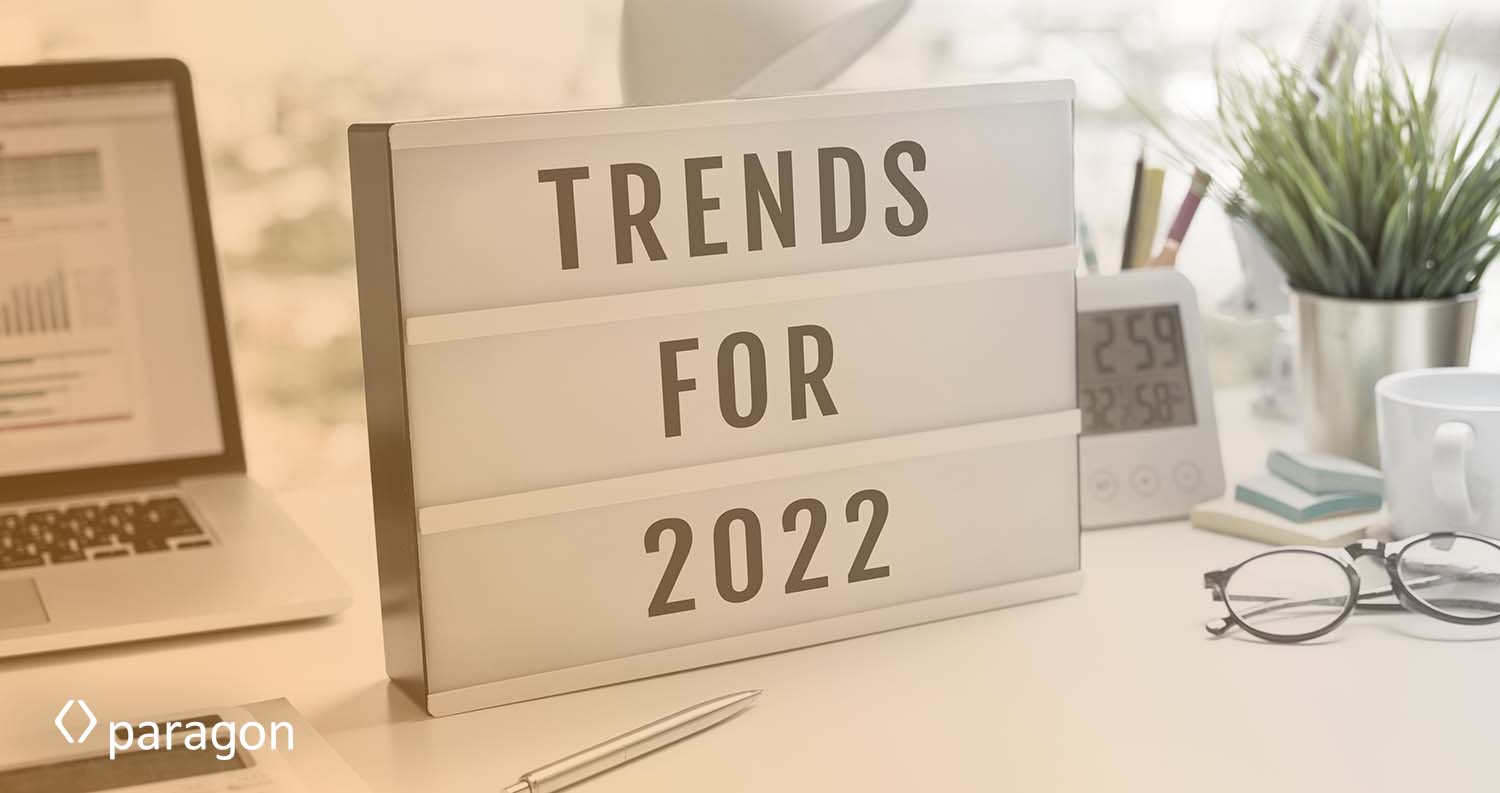Seven marketing trends of 2022
It’s time to polish the marketing crystal ball and gaze into the mysteries of 2022. Fingers crossed, we’ll see the pandemic loosening its grip as we start to adapt to a new normal. Once again, lots of happy consumers will be returning to high streets and malls, while others are content to click-n-collect or click-n-accept delivery. Businesses, too, will click back into gear.
The world is changing slowly but surely. I’m sure no crystal ball is needed to reveal the inexorable rise of whizzy new digital technologies will continue. AI and voice activation will present remarkable new opportunities. But there will be confusion, too, as marketing teams battle to keep up-to-date with all the new platforms and algorithms and laws and tools and metrics and methodologies…
However, there will also be contentment. Sometimes less is more. Those marketing teams that refine the core meaning of their brands and then go on to tell authentic stories across key platforms will find success. And those stories will often focus on community and sustainability.
The world of marketing is more dynamic, powerful and sophisticated than ever before. Here are seven trends, however, that may help you to create your content strategy.
Boom of beneficial brands
There’s nothing new about brand awareness, but in 2022 consumers will increasingly look to spend their money on brands that resonate with their core values rather than on particular products. In other words, to boost sales it’s important to create a sense of community around the brand and what it stands for rather than push and promote products in a self-aggrandising way. It’s about being more touchy-feely. A soft sell, in a way. We increasingly want to feel that in spending money we can express our view of the world.
Ask the consumer
The consumer is King, as the marketing adage goes, but the reality is that he or she or they are too often demoted to the role of revenue provider. Now, though, is the time to burnish their crown. The more powerful the consumer, the better when it comes to all sorts of commercial activity, from NPD to creating campaign concepts. Marketers focus on what they think consumers want, consumers on the other hand can share what they do or don’t want. Their advanced input is far more valuable than bucket-loads of after-the-event feedback. Creating a Board of Consumers could pay dividends.
Content quality… and voice
Google and other search engines will continue to try and penalise SEO stunts while prioritising quality content. The message is clear: focus even more firmly on clear, engaging and informative content if you want to 1) provide a great experience for customers and 2) climb the all-important rankings. Also, as a side note, it may also be time to start considering the role of voice searches. As far back as 2018 – and four years feels like an eternity in digital technology – Google revealed 52% of voice-activated speaker owners would like to receive information about deals and sales. And today the growth of Alexa and Siri continues to accelerate.
Artificial intelligence… at last
Marketers will integrate AI into their SEO and other digital marketing strategies. The technology has the power to help with forecasting but it can also help with digital process automation. Conversational AI, for example, can provide an automated response to customer queries. AI can also be used in various digital marketing strategies such as SEO by incorporating real-time feedback on the usage of keywords and links.
It’s complicated…
Ah, do you remember the good old days when a sumptuous TV ad campaign did the marketing trick? Well, no, frankly, but there’s no doubt marketing is today getting more complicated all the time. All the new platforms make it tricky enough to keep on top of things, but then you have to stay up-to-date with the tsunami of regulatory software and algorithmic changes that affect them all. And then there’s the fact that consumer behaviour is evolving fast, too. Ongoing disruption is the new normal. But if your brand story is clear, engaging and well told, then there’s no need to panic.
Diversity and inclusion become even more important
Campaigns this year will become increasingly diverse and inclusive, allowing brands to experiment and continue to creatively exploit new ideas. In contrast, digital content and other forms of advertising will be designed to avoid the perils of cancel culture. So does that mean it will become blander and right on? Not necessarily! It just needs a commitment to great stories. There’s no doubt, however, that brand saliency and authenticity are the key.
B2B digital advertising goes it alone
B2B marketers have generally adopted a me-to-B2C-type approach, but now it’s time to grow up and go it alone. This year marketers should review their strategies, from the communication channels and products they rely on to the stories they are telling and what their objectives are. There is potential to finesse traditional marketing techniques for the B2B space. There will be trial and error, but learning from mistakes is fine. Brands must be agile, try out new ideas and test and refine their activities. It might even be challenging and fun! Contact us to learn how we can help!



